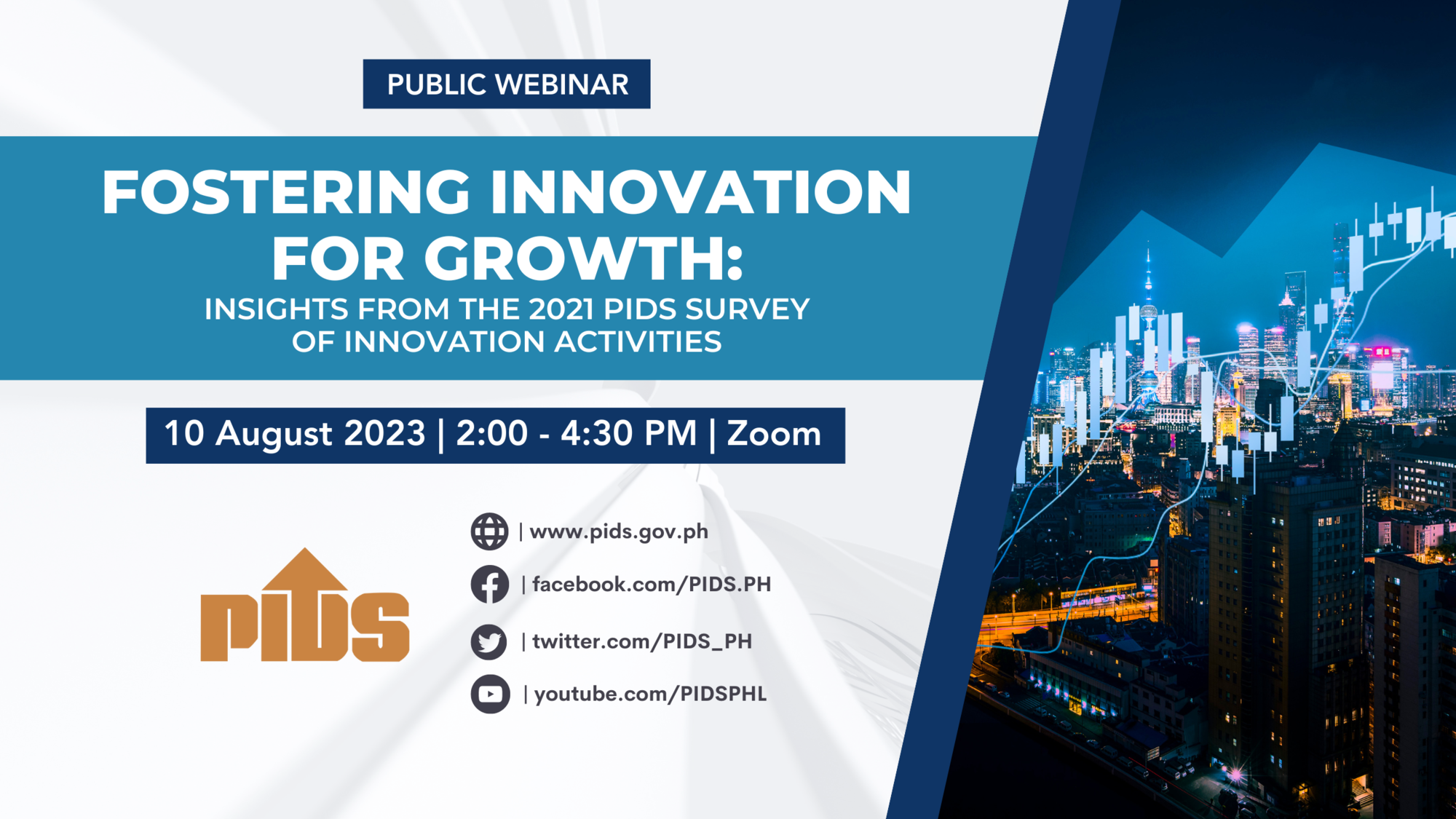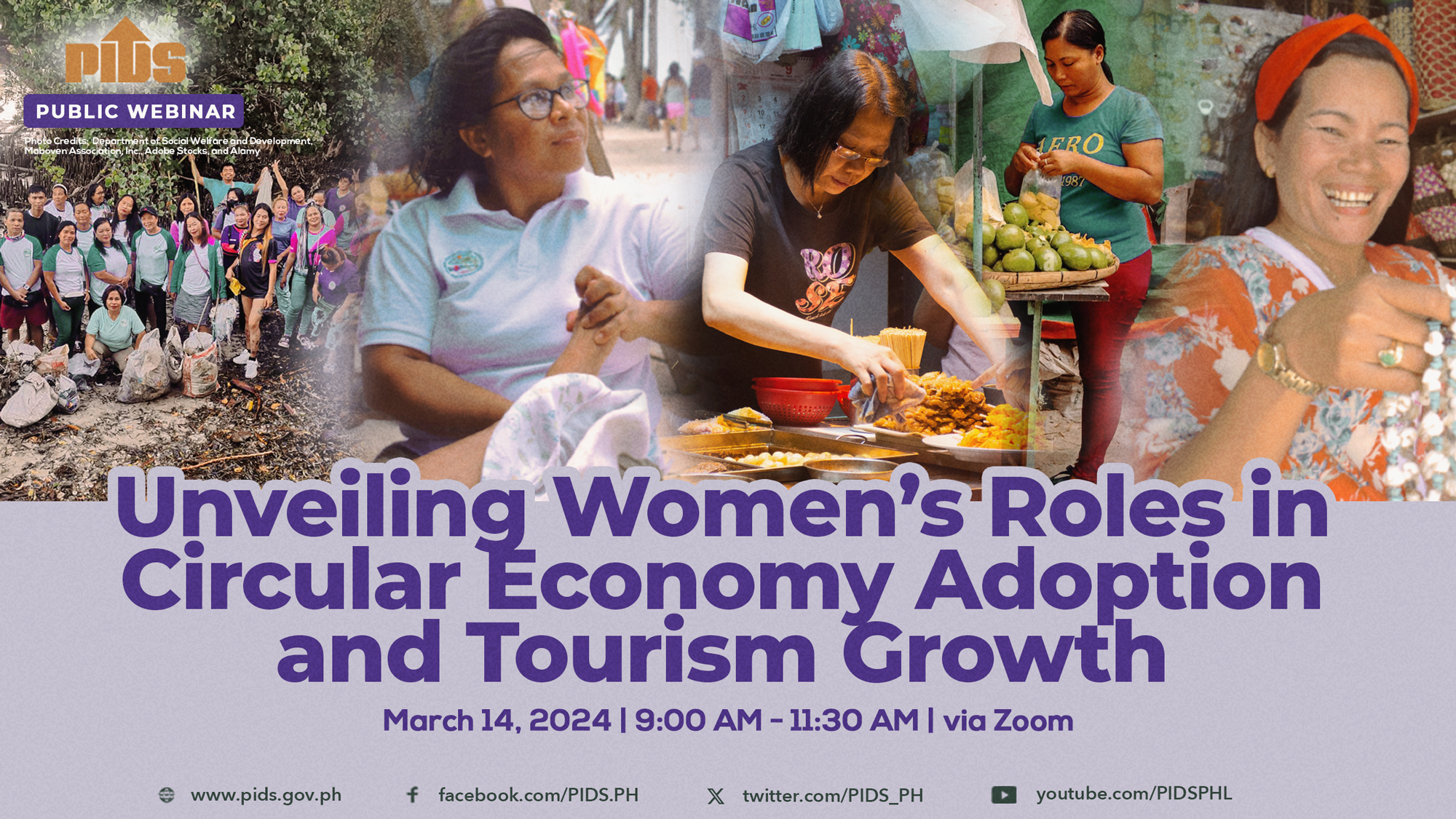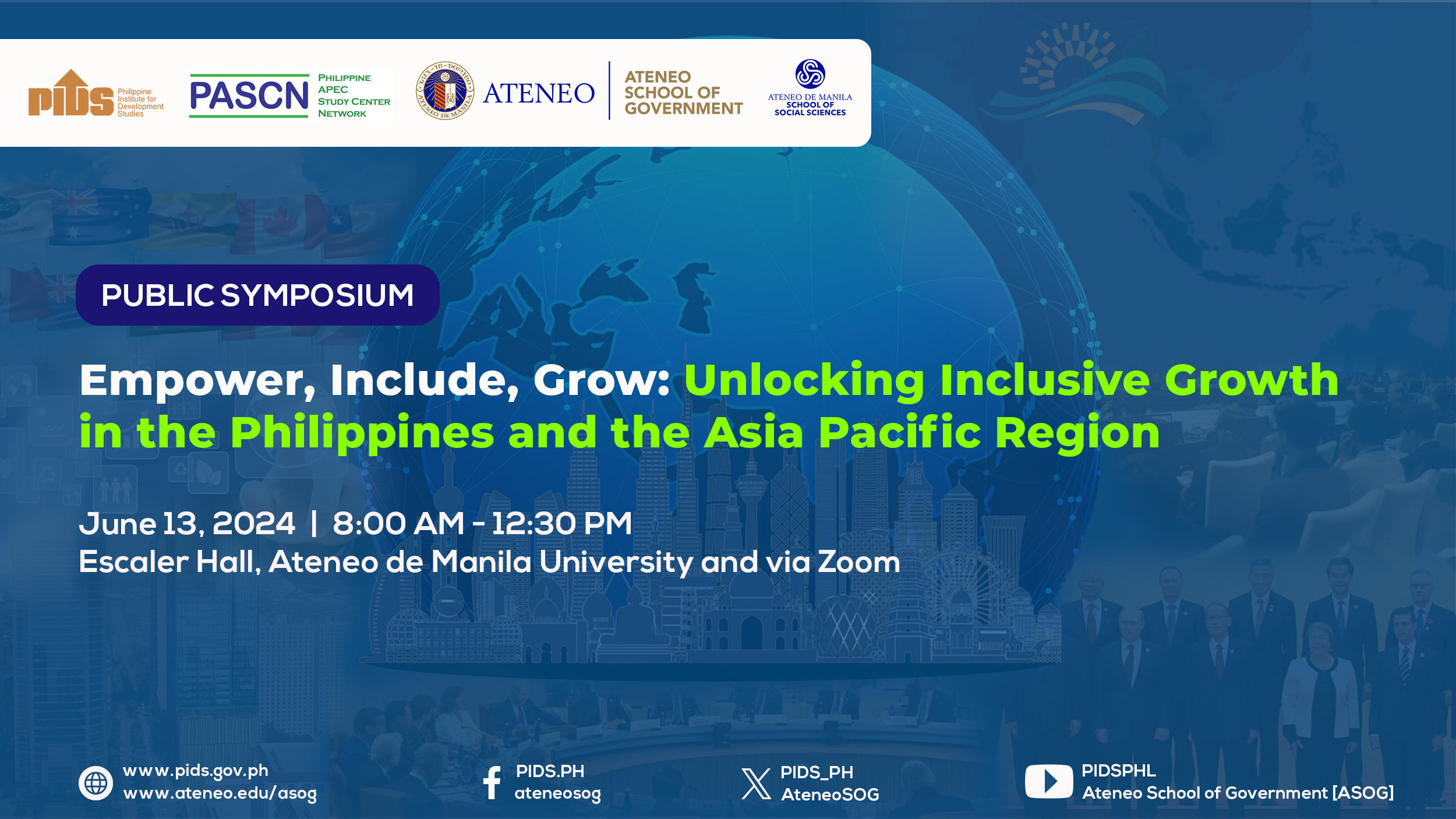If the Philippines wants to eradicate poverty, it must post a GDP growth of at least 6 percent every year until 2040, according to a former dean of the University of the Philippines (UP) School of Economics.
In a presentation on Wednesday, UP-based economist Ramon Clarete said this economic growth should be accompanied by a 5-percent annual increment in per-capita income over a period of 25 years.
The Philippines has already improved its GDP growth to an average of 6.2 percent between 2010 and 2015. In 2016 GDP grew by 6.9 percent, and in the first semester of 2017, it expanded by 6.4 percent.
“The challenge for us is really sustaining this particular growth. I put some numbers there—at least 6 percent, per-capita income growing at about 5 percent. We really have to curb down our population growth and poverty will be eradicated in the next quarter of a century. There are hurdles to sustaining that particular growth,” Clarete said in a forum sponsored by the Philippine Institute for Development Studies and the Australian National University, in cooperation with the Philippine Competition Commission.
Growing the economy, Clarete added, requires making food cheap and accessible for all, as well as boosting the country’s trade and investment growth.
Clarete said that for one, rice remains expensive, not only for consumers, but also for farmers themselves. He said that, if the price of rice, the country’s staple, goes down, Filipinos will have a better chance of saving money. The poorest farmers, he noted, also suffer from expensive rice since they are consumers themselves.
Data showed that this is largely due to high trade costs. Clarete said trade costs in the Philippines are very high and, according to the United Nations Economic and Social Commission for Asia and the Pacific, is equivalent to 50 percent of world prices.
The Philippines, Clarete added, spends about P36.25 billion a year for poor farmers, who are also penalized by high rice prices.
“Industry and manufacturing are not really kicking because wage costs can be high when food costs are high; so we really need to do something about agriculture. Improve the productivity in agriculture to bring down food costs in order to put pressure and encourage investments in industry and manufacturing,” Clarete said.
The main hurdle in improving agriculture productivity is agrarian reform, which is one restriction in land ownership in the Philippines.
Apart from these, Clarete said hurdles include low public spending on social protection, education, infrastructure and health.
However, Clarete made it clear that he was not in favor of the recent “no-tuition policy” in state universities and college (SUCs). He said the money to be spent on this could have been used to improve vocational training or postgraduate studies for students.
Clarete said the free tuition provided to SUCs is “just costly” and eventually make it difficult for public funding. This could lead to lower resources for other essential budget items.
“I don’t like the current education policy where there is no tuition in SUCs. I would certainly increase investments in providing for well-deserving young students free education in the tertiary, even in the postgraduate level. Also continue the social-
protection policies in the past that would bring down the alienation of the poor,” Clarete told the BusinessMirror.
If these hurdles in the economy will be addressed and growth will be sustained, Clarete said foreign direct investments will post a 10-percent growth annually from the current rate of 4.64 percent, while labor productivity will improve 3.71 percent, from the current 0.32 percent.
The country’s Gross National Income may increase by a multiple of 4.5 by 2040. This translates to a per-capita income of $11,000, already near the high-income status, from the current $3,500.
In terms of poverty reduction, Clarete said strong GDP per-capita growth and reduction in the country’s Gini coefficient by 3 percent annually will allow the Philippines to eradicate poverty by 2031.
However, if there is a weak GDP per-capita growth, and the Gini coefficient is reduced by 3 percent annually, poverty eradication will occur well into 2039.
Gini coefficient is a measure of inequality. A Gini coefficient ranges from 0 to 1, with 0 indicating perfect income equality among families, while a value of 1 indicates absolute income inequality.
“The impact of growth on poverty will depend on its robustness and how it is distributed,” Clarete said. “If strong growth is accompanied by reductions in inequality, we could eradicate poverty well before 2040.”
Eradicating poverty is the overarching goal of meeting the Sustainable Development Goals by 2030. The Philippines, along with over 190 countries, signed the 2030 Global Agenda in September 2015.
In August 2017 the National Economic and Development Authority said the Philippines could hit its target of becoming an upper middle-income country as early as next year. In a presentation before the Philippines-Singapore Business Council Conference on Thursday, Socioeconomic Planning Secretary Ernesto M. Pernia said the country is on track to meet its economic targets.
This can pave the way for increasing the country’s per-capita income to around $5,000 a year—from $3,580 annually as of 2016—by the end of 2018, four years ahead of 2022, the original target.












